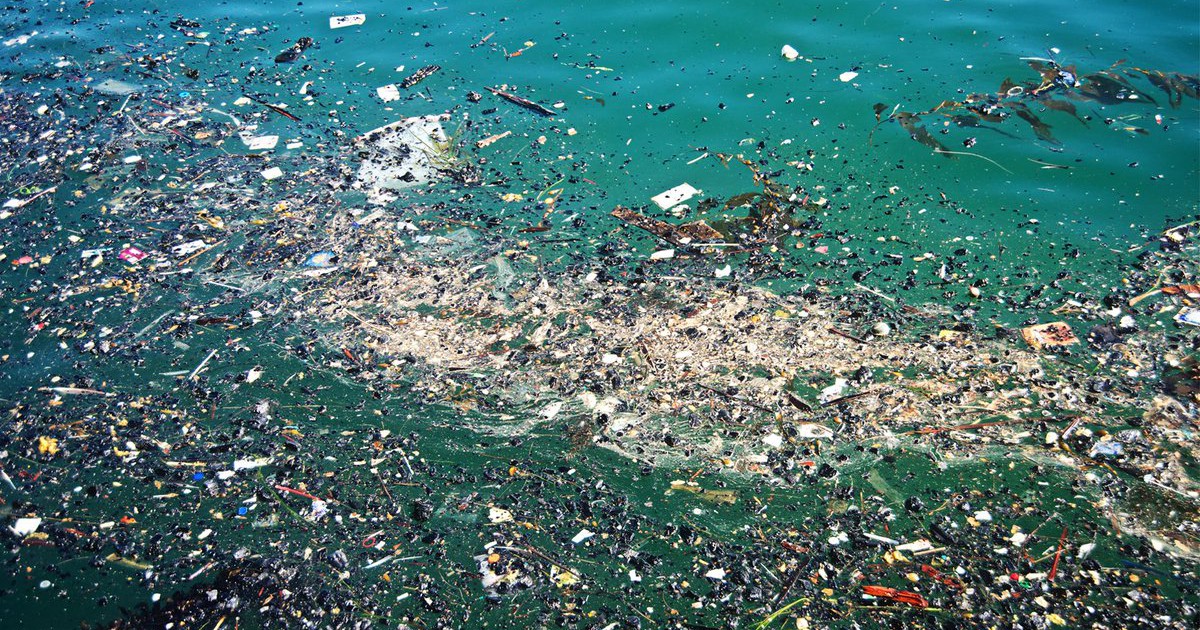
Microsplastic Pollution a Growing Health and Environment Hazard07.03.2019
Microplastics pose a serious hazard not just to the environment, but to human health as well. The ubiquitous tiny particles of plastics pollute the oceans, beaches, can even serve as a vector for a variety of bacterial species.
Microplastics are small plastic pieces less than five millimeters long. They’re used in a variety of products, including cosmetics (creams, toothpastes, and peeling treatments) and glitter. Microplastic pollution is incredibly widespread—researchers have found microplastic particles in British rivers and lakes, in the water table in America, in the Yangtze River, and on the coast of Spain. Last year, traces of microplastic pollution have been found even on the ice caps of Antarctica and inside the human body, as reported by Time magazine.
A recent field survey, conducted by a team from the National University of Singapore, revealed that microplastics can actually be the cause of serious diseases. The researchers analyzed plastics found in water samples collected in different types of reservoirs, including oceans, lakes, and beaches, and discovered that the microplastics in the samples were covered with diverse bacterial communities, including some highly pathogenic bacterial species.
All the 275 microplastic elements found in water samples collected from Singapore beaches between April and July of 2018, were inhabited by over 400 different types of bacteria, including species responsible for gastroenteritis and wound infections.
Microplastics also directly contribute to the formation and growth of what has come to be known as the Great Pacific garbage patch, the drifting island of marine debris and trash, trapped by the currents of the North Pacific Gyre (between California and Hawaii).
see also
- Sylwia Chutnik | Sc**w minimalism

Opinions
Sylwia Chutnik | Sc**w minimalism
- Papaya Young Creators Extends Submissions Deadline Through March 6
 Papaya Young Directors
Papaya Young DirectorsNews
Papaya Young Creators Extends Submissions Deadline Through March 6
- Matthew McConaughey and Snoop Dogg in "Spring Breakers" Director’s New Feature
News
Matthew McConaughey and Snoop Dogg in "Spring Breakers" Director’s New Feature
- A Move in the Right Direction
 Papaya Films
Papaya FilmsTrends
A Move in the Right Direction
discover playlists
-
Paul Thomas Anderson
 02
02Paul Thomas Anderson
-
 05
05 -
Papaya Films Presents Stories
 03
03Papaya Films Presents Stories
-
Nowe utwory z pierwszej 10 Billboard Hot 100 (II kwartał 2019 r.)
 15
15Nowe utwory z pierwszej 10 Billboard Hot 100 (II kwartał 2019 r.)
